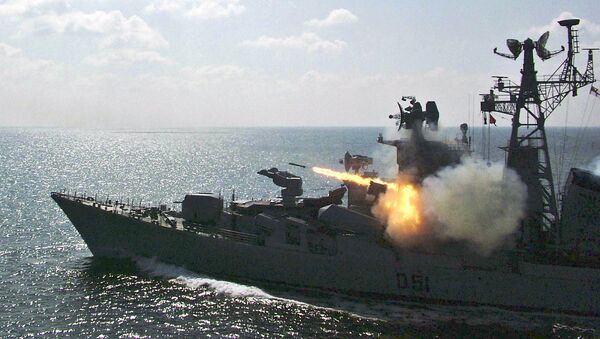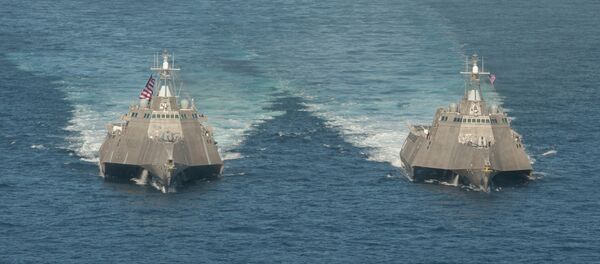A report, released by the military think tank Stockholm International Peace Research Institute (SIPRI), earlier this week shows that Saudi Arabia has become the largest importer of arms in the Middle East, ranking second internationally. In the last five years, it has seen weapons imports increase by 275% over the previous five year period, largely to fuel its expanding wars.
"Although concerns have been raised in arms-supplying states over Saudi air attacks in Yemen, Saudi Arabia is expected to continue to receive large numbers of major arms from those states in the next five years," the report reads.
The Saudi’s third-largest supplier is Spain, and true to SIPRI’s prediction, Riyadh is set to purchase five corvettes from Spanish state-owned shipbuilder Navantia.
While the company denies that a formal contract has been signed, sources tell IHS Jane’s that Riyadh has already approved the deal.
Worth an estimated $3.3 billion, the purchase would provide the Saudi Navy with five Avante 2200 corvettes, which feature stealth technology, one 75 mm gun, one 35 mm Naval Revolver gun system, and two mounted machine guns.
This would be Navantia’s largest export contract to date.
Riyadh’s military campaign in Yemen – a nine-month war which has killed roughly 3,000 civilians – uses a strategy that relies partly on the Saudi naval blockade, which has left roughly 1 million people displaced, and as many as 20 million in need of food, water, and medical supplies.
Saudi Arabia’s largest arms supplier is the United States, which has provided many of the cluster munitions used during Riyadh’s bombing raids. But, curiously, the kingdom turned down an offer from the US Navy earlier this year to build four Multi-Mission Surface Combatant (MMSC) frigates.
The deal was reportedly scuttled because of the Saudi’s dissatisfaction with the the high pricetag and lengthy construction times for US-made vessels.
In the Spanish boats, Riyadh appears to have found a cheaper, faster alternative.




